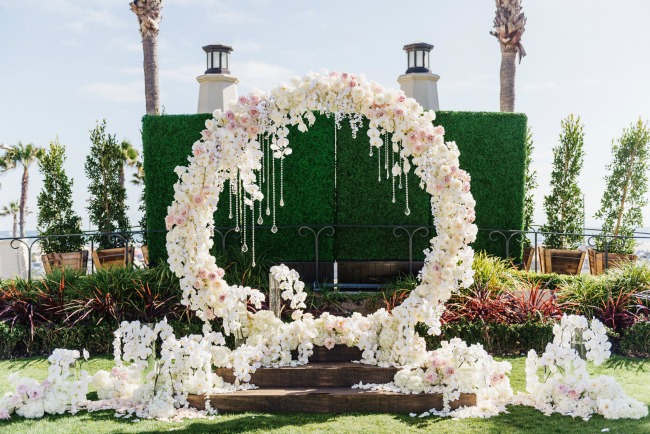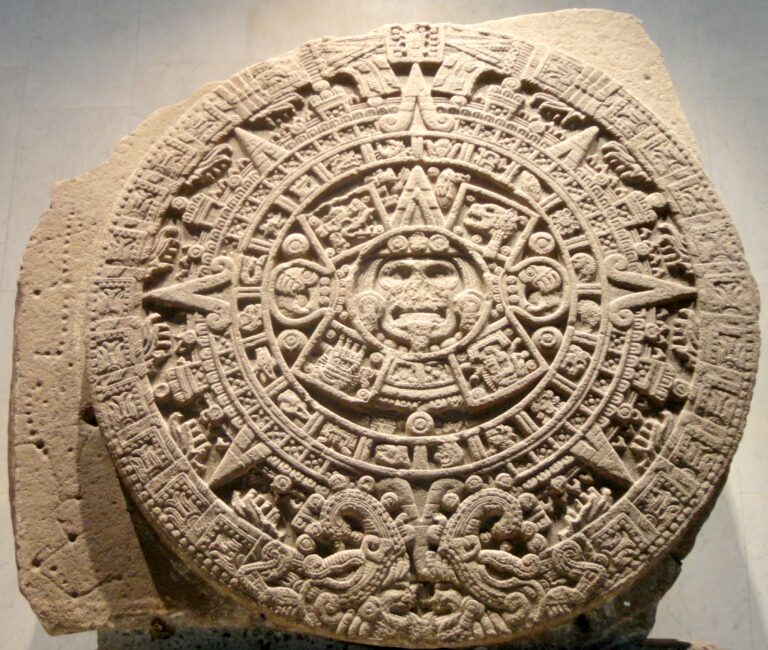From a psychological point of view, circles represent the notions of unity and wholeness … they give us a sense of completion and harmony. Circles have no beginning, no end, and no angles. We humans on this perfectly round planet are surrounded by other spherical objects, both natural and man-made.
In Ancient Greek culture, the circle is thought of as the perfect shape. It has infinite lines of symmetry, making it a symbol of the divine symmetry and balance in nature. Some flawless circles we see in nature are planets, oranges, daisies, sand dollars, and the rings of tree trunks. The color wheel and analog clocks are two common man-made circles used in our everyday lives. It even has a metaphoric safety association, as we’ve all experienced during pandemic caution and quarantine … having a close circle of friends and family.
In logo design, the circle is the most common and widely used shape because the circle is simple and easiest to recognize. The outline of a circle is more frequently used to represent a cycle or unity, like the Olympic rings for example. In floral and wedding trends, people are having circle flower arches made for their marriage ceremonies to emphasize the growth and uniting of two people.

Circles have been used as a symbol for thousands of years. Take the Egyptian Ouroboros for example, used to represent the natural cycle of life and death. The great Aztec Sun Stone is another classic circle from over the centuries.


Scientists believe that the frequency of circles in nature has influenced their permanence in the manufactured realm. In the book titled The Book of Circles, data visualization researcher Manuel Lima explains that circles are a 40,000-year-old human fixation and we are especially compelled toward the shape. “It goes back to primitive roots in nature, where more shapes are curvilinear,” Lima who works as a designer for Google, told Co.Design. “They’re softer, they provide some safety, as opposed to angular shapes … the teeth of an animal, the hard shape of a rock … those are signifiers of danger.”
Some scientists believe our preference for circles is likely rooted in the evolution of the brain to pay more attention to smooth, rounded shapes. A curvy body to mate with or a round animal to eat is more important to notice than something like a jagged pile of rocks. The brain, by necessity, devotes more of its attention to those shapes.
Keepsake Floral, Inc.
311 Circle Drive
Maitland, FL 32751
800-616-KEEP (5337)
Local: 407-898-5992
Fax: 407-898-8656
Our administrative office is open Monday-Thursday: 9am-3pm EST and Friday: 9am-Noon EST. The office is closed most major holidays.
Please call prior to dropping off or picking up floral arrangements.